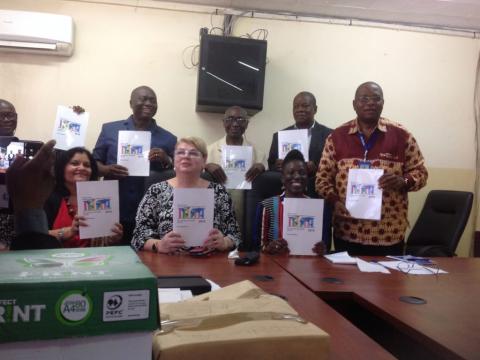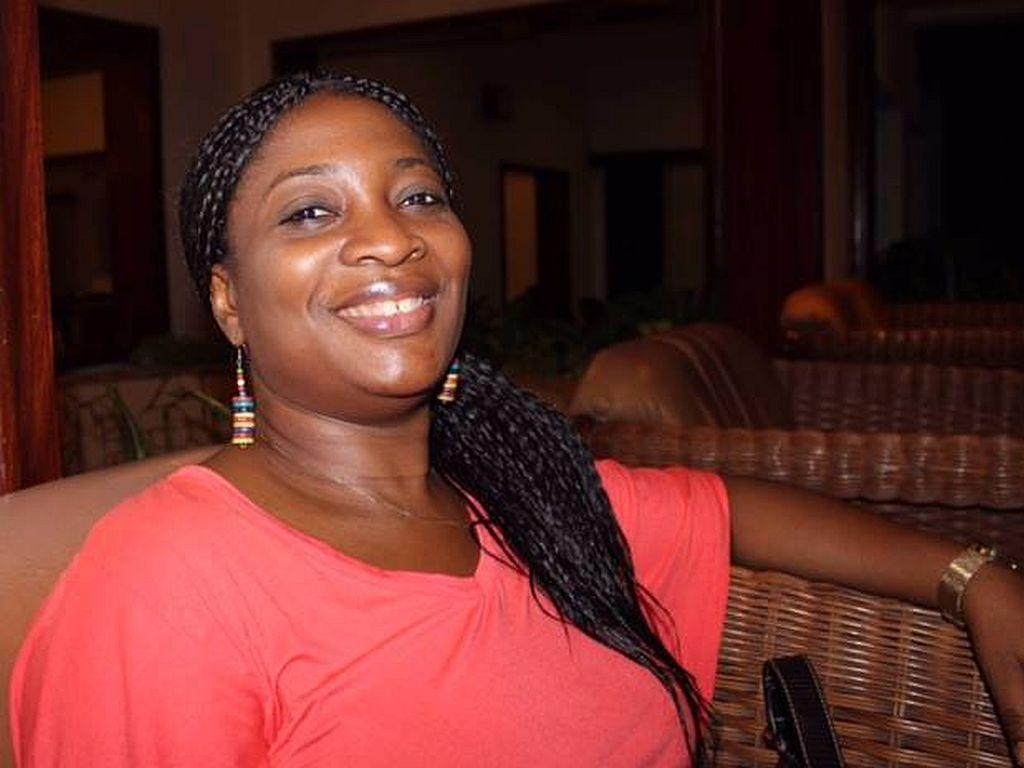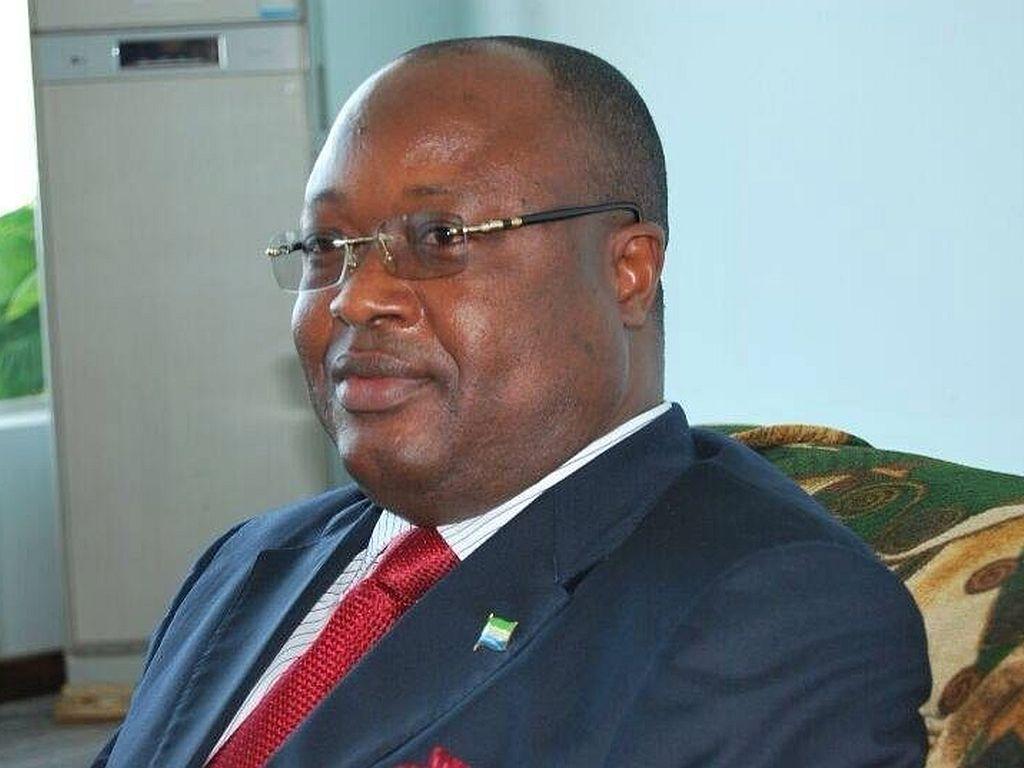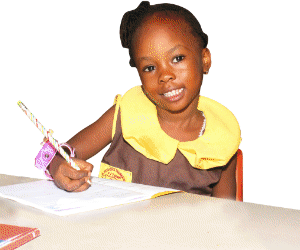By Kemo Cham
Data from the 2019 Sierra Leone Demographic and Health Survey (2019SLDHS) reveals a gradual decline in the country’s fertility rate.
The last decade running from 2008 witnessed a decrease in the fertility rate from 5.1 births per woman to 4.9 births per woman in 2013 and 4.2 births per woman in 2019, according to the data released last week as part of the key indicators in the survey conducted between May and August 2019.
The DHS is done every five years. This is the 3rd edition for Sierra Leone, since the first in 2008 and the second in 2013.
The unveiling of the key indicators on Thursday brings close to an end nearly a year of a process for the production of a document officials say is one of the most important sources of statistics needed for government and its development partners to make informed policy decisions.
DHS is a national representative survey that provides data on population, health and nutrition, and often containing biomarkers, like prevalence of anemia in certain groups of the population, the rate of HIV infection, teenage pregnancy and motherhood. It also looks at consumption of family planning services, mortality (infant and maternal) rates, as well as health services utilization.
The 2019SLDHS data show a mixed result, with gains in some crucial health issues like maternal and child health, and relapses in other areas like vaccination coverage and nutritional status of children.
Despite the decline, fertility rate is still higher in rural part of the country, at 5.1 births per woman, compared to the urban center where the rate is 3.1 births per woman. This, say experts, could be attributable to variations in access to family planning services and information, among other factors.
For instance, the data show that there was an increase in maternity healthcare services uptake, access to skilled birth attendants and delivery in health facilities.
The study show that Sierra Leone is still lagging behind in terms of vaccination coverage, with a decline in all basic vaccinations.
Overall, only 56 percent of children received all basic vaccinations in the years preceding the survey, a drop from 68 percent in 2013. Two percent of children did not get any form of vaccination, compared 4 percent in 2013, indicating a little gain there.
Another worrying health trend in Sierra Leone, as revealed by the 2019 DHS, is malnutrition. Stunting, underweight, wasting and overweight are all still a problem, as the figures show. They reveal a particularly high rise in overweight, especially among children, prompting calls by experts for the government to accelerate its response to Non-Communicable Diseases.
Stunting is at 30 percent of children under-five, while 5 percent are wasted and 5 percent overweight.
On the positive side, the last five years witnessed a decline in early childhood mortality rate, from 156 deaths per 1000 live births in 2013 to 122 deaths per 1000 live births in 2019.
Until now, Sierra Leone has ranked among the top 10 countries in the world with the highest under-five deaths rate. While the country is likely to remain in this group, the new figures point to an encouraging progress in the government’s efforts in fighting one of its twin health crises – under-five deaths and maternal mortality.
The data also show improvement in maternal healthcare, notably in terms of women who received Antenatal Care (ANC); their number increased from 87 in 2008 to 97 in 2013 to 98 in 2019.
Birth in health facilities also improved, from 42 percent in 2008 to 60 percent in 2013 to 87 percent in 2019. Births attended by a skilled provider increased from 25 percent in 2008 to 54 percent in 2013, to 83 percent in 2019.
There were also gains, albeit at minimal level, in the rate of exclusive breastfeeding, from 32 percent in 2013 to 54 percent in 2019.
Dr Donald Bash Taqi, deputy Chief Medical Officer at the Ministry of Health and Sanitation (MoHS), said it is encouraging to see that there had been some gains in the five years, but he noted that the figures also point to the need for “more work” as some of the data call for government to increase interventions in areas like vaccination.
The 2019SLDHS, like the previous editions, was conducted by Statistics Sierra Leone (Stats SL), the constitutionally mandated national statistical agency of the country.
Various speakers at the unveiling of the key indicators, which was done in the conference hall of the Ministry of Health, hail the collaborative efforts that went into the year-long work to reach this point.
Dr Francis Smart, Director of Policy Planning in the MoHS, praised the leadership of Stats SL and the coordination between the government and its development partners for the progress.
Citing the challenges the process faced due to funding constraints and opposition from the public, Dr Smart said good leadership and collaboration paved the way.
“We arrived at this because of strong partnership,” he stated at the event graced by representatives of development partners, including the donor agencies whose monies made it possible for the long delayed process to materialise.
The conduct of the 2019SLDHS cost over US$1million, much of which came from the World Bank, Global Fund, UNFPA, WHO, CDC, USAID, DFID, as well as the government.
Speaking at the launch on behalf of the UN family, UNFPA’s Dr. Abiodun Chris Oyeyipo, expressed appreciation for the “remarkable” work done to produce a “credible” DHS.
“What is important here is, it is gratifying that we do not only have a credible DHS, but that the result also show that there has been improvement, particularly in maternal mortality indicators,” he said.
Monica Dea of USAID said the timely presentation of the key indicators from the “credible and valid” demographic health survey in Sierra Leone represented a fitting achievement in the last four years since the deadly West African Ebola epidemic was declared over in the country.
“I congratulate Sierra Leone for the progress and for putting Sierra Leone on the world map, this time for the right reason,” she said.
Ms Dea also praised the government for allowing the process not just to attain credibility but also to be transparent, noting that the report was released in its truest state.
Statistician General, Prof. Osman Sankoh, said his team approached the DHS process in line with the agency’s motto of credible data for national development. He expressed delight for the popular endorsement of partners of the credibility of the process.
“The credibility of whatever is presented today started way back,” he said, adding: “The important thing about this DHS is the international comparability.”
Prof. Sankoh, otherwise known as Mallam O, said the involvement of ICF International, a US-based research, consultancy and communications firm, in the process was a deliberate move to eliminate any possibility of doubt about the credibility of the process. He also spoke about the emphasis made to ensure credibility of the data, including thoroughness in the recruitment process in ensuring that every enumerator had at least a first degree.
“Unless you do not want to use a credible data, but it’s available,” the statistician said.
Chief Medical Officer, Dr Amara Jambai, said the 2019 DHS truly represented progress in the health sector and therefore urged data users to cite it in their decision making processes. He stressed that there was no need to fear using the data even if it doesn’t look good for the government.
The completed 2019 SLDHS is expected to be ready within the next three weeks, ahead of a major nationwide launch planned before the end of the year.
© 2019 Politico Online









